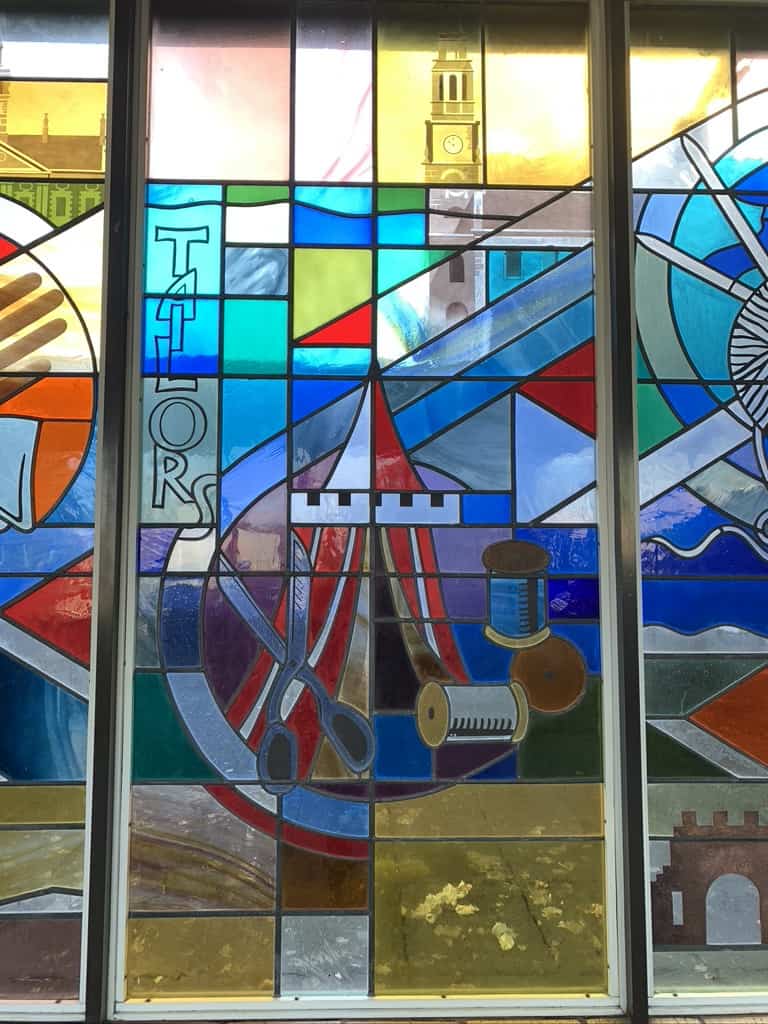The word ‘Tailor’ is derived from the French ‘Trap’ meaning cloth and thus ‘Trapier’, a seller of cloth. This was corrupted into the English form ‘Tailor’. Although the Tailor Trade has long lost its Seal of Cause there is mention of one in a Burgh record of Documents confirming a Tailor Seal of Cause of 1525.
The Tailor Trade is still carrying on the charitable work which was one of the main purposes of its formation. Help for the poor of the Trade is still an objective, although great care has to be taken that any such assistance does not affect Social Security and other benefits. The Trade has also been very active in other respects. In recent times, in addition to funding a bursary, it has established a student prize in the Textiles Department of Dundee College.
With a healthy membership and regular meetings, it continues to take a prominent part in the affairs of the Nine Trades and of those working in the clothing business. The Tailor Trade looks forward with optimism to a long and useful future.
